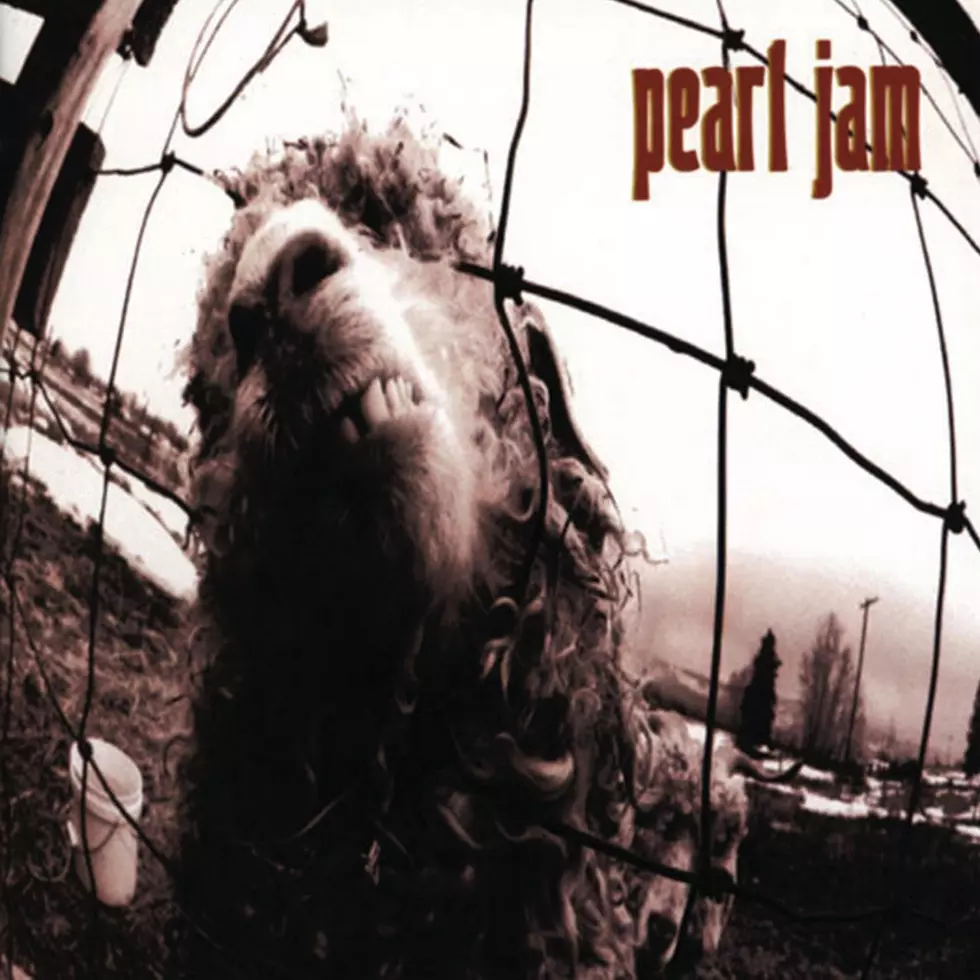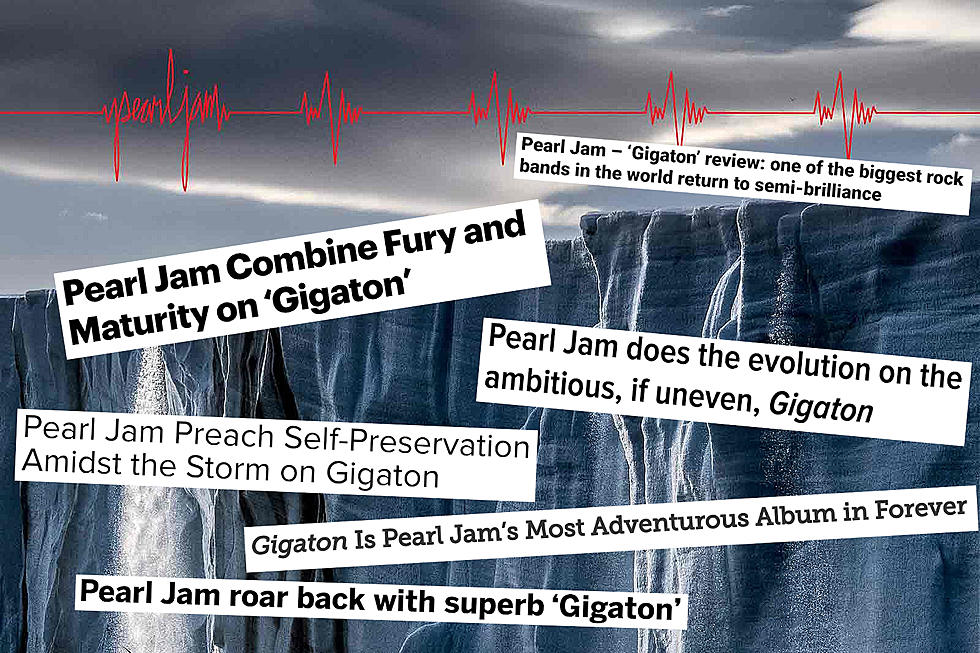
26 Years Ago: Pearl Jam’s ‘Vs.’ Was at Least a Nine out of ‘Ten’
For a significant portion of 1992, you could've scribbled the words "pearl" and "jam" on a crumpled napkin and easily sold it to any number of suburban mall rats layered in fashionable flannel for at least $16.99.
While Nirvana embodied the grunge ethos in its purest commercial form during the genre's first wave following 1991's Nevermind, Pearl Jam spoke directly to disenfranchised teenagers who enjoyed all the angst but still yearned for lyrics they could actually make out (except maybe on "Even Flow"). On the strength of their slow-burning debut, Ten (which actually came out a month before Nevermind but took almost a year to break into the Top 10 on the Billboard 200), Pearl Jam became a less threatening and more melodic alternative to the alternative.
The fervor for Eddie Vedder's yarling and anything Pearl Jam-related spawned massive sales for the Seattle scene. That meant any Pearl Jam fan worth their salt owned not only Ten but also Temple of the Dog's self-titled album (a collaboration between the other members of Pearl Jam and Soundgarden's Chris Cornell), the soundtrack to Cameron Crowe's Singles (which featured two previously unreleased Pearl Jam songs) and maybe even the catalog of Mother Love Bone (essentially Pearl Jam's glammy, pre-Vedder incarnation).
By early 1993, Ten's sales had surpassed Nevermind's, and fans who'd long since memorized every Pearl Jam grunt and guitar lick had already built up their own expectations for the band's next album. But Vs. was almost definitely not it.
It's no secret that the band felt the pressure following up Ten, and Vedder has since admitted that he found the sessions particularly challenging. Already feeling pigeonholed by the media and turned into a commodity by the corporate record industry, Pearl Jam — still predominantly under the musical vision of guitarist Stone Gossard (Vedder would forever take over with 1994's Vitalogy) — were cultivating exactly the type of perpetually misunderstood sentiment their teenage listeners craved most.
At the time — an era when fans still had to record new songs from the radio on their severely overworked cassette decks for their pre-release listening pleasure — the first taste of such sentiment came via the album's opener and lead single, "Go." The song, which starts out sounding like producer Brendan O'Brien had pressed record before the band were ready, was instantly harder hitting and more menacing than anything on Ten. If Pearl Jam were trying to work their fans into a frenzy, this career highlight was assuredly the right choice.
While the LP's second song, "Animal," was nearly as abrasive but in a funkier way, most casual listeners had a much different second taste of the project: "Daughter," the second single, is a jangly acoustic ballad that expanded the band’s sonic palette while maintaining just enough muscle not to alienate O.G. fans. "Animal" followed as the third single about five months later, followed by one of the record's least heralded cuts, "Dissident," which still peaked at No. 3 on Billboard's Mainstream Rock chart. That fact in and of itself demonstrates just how infallible Pearl Jam were perceived to be at the time.
But Vs. was just the beginning of Pearl Jam reclaiming their own identity, destroying everyone else's notion of what they actually are. After Ten anthem "Jeremy" took home Best Video of the Year at the 1993 VMAs and Vedder's likeness was slapped on the cover of Time (even after refusing to be a part of their story on the burgeoning grunge scene), the band took an overtly anti-everything stance. They stopped making videos, stopped doing traditional album promotion and essentially stopped being the Pearl Jam fans expected.
That tension led Vs. down an incredibly diverse sonic path. Instead of rehashing "Alive" and "Even Flow," the band indulged their more experimental impulses: "W.M.A." (which stands for "White Male American") is a driving, exotic critique of police brutality complete with tribal chanting; "Rats" is a quirky, bass-driven commentary on rodents' moral superiority to humans; "Elderly Woman Behind the Counter In a Small Town" is a straight-ahead ballad with what was seemingly the longest title until Fiona Apple came along; and "Blood" vacillates between pure funk and ferocious near-metal with Vedder's blistering vocals offering the most bang for angrier fans' 15 bucks.
On just about every quantifiable level, Vs. was a categorical success. It debuted atop the Billboard 200 albums chart, selling a record-breaking 950,000 units in its first five days — and its first week sales outperformed all of the other Top 10 entries from that week combined. The record went on to earn three Grammy nominations, including Best Rock Album, and has since been certified seven times platinum.
More importantly, Vs. blew open the band's door of creative possibilities. While the album isn't quite as consistently satisfying as Ten, it's far more adventurous and — in a lot of ways — more accurately forecasts the band's future output. The album's success allowed them to get even weirder with Vitalogy, distancing themselves from a grunge designation they never aspired to in the first place.
Pearl Jam Albums Ranked
More From Ultimate Pearl Jam










